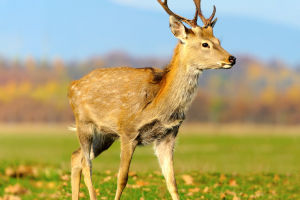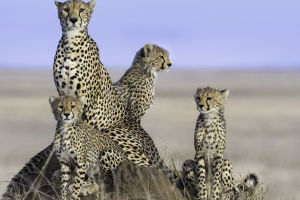In the natural stage, wetlands play a crucial role in the ecosystem, and among its inhabitants, the little egret stands out as a captivating sprite.
Its graceful demeanor, pristine white feathers, and agile flight make it a unique spectacle in wetlands. In this essay, we will introduce you to the little egret, the ethereal white presence of wetlands.
1. Ecological Habitat
The little egret, a member of the heron family, can be found in various wetland environments, including rivers, lakes, marshes, and coastal regions. They have a wide distribution and can be found in wetlands across continents. Especially in Asia and Europe, the population of little egrets is relatively abundant.
2. Physical Characteristics
The most prominent feature of the little egret is its pure white plumage and slender body.
An adult Little egret stands at approximately 55 to 65 centimeters tall, with a wingspan of about 85 to 95 centimeters. They have long, slender bills that are black, forming a sharp contrast against their pristine feathers. During the breeding season, little egrets develop two elongated feathers on their heads, adding to their elegant appearance.
3. Behavior
The little egret is a typical carnivorous bird, preying on fish, crustaceans, insects, and other small aquatic animals.
They often forage slowly in shallow waters, using their sharp bills to catch prey. The hunting technique of little egrets is quite ingenious; they can stand still in the water, waiting for prey to approach, or gracefully walk on the water's surface, startling fish with their steps, and then swiftly grabbing them.
During the breeding season, little egrets choose to nest on trees or rocks. Their nests are typically constructed with twigs, grass, and mud, located at the edge of wetlands or in forests. Little egrets are usually monogamous, and they share the responsibilities of incubating and caring for their offspring until they become independent.
4. Cultural Significance
Little egrets hold special symbolic significance in many cultures. For instance, in European literature, little egrets are portrayed as mystical sprites, symbolizing life's mysteries and nature's beauty.
5. Conservation Status and Challenges
Despite their wide distribution, little egrets still face threats. Wetland degradation, water pollution, and habitat loss pose significant risks to their survival. Additionally, overfishing and habitat destruction also impact little egret populations.
Many countries and organizations have implemented conservation measures to protect little egrets and their habitats, including wetland protection, water resource management, and education campaigns. Through these efforts, it is hoped that little egrets, as an essential part of wetland ecosystems, can be preserved, along with the integrity and stability of entire wetland ecosystems.
Conclusion
Little egrets are not only integral to wetland ecosystems but also valuable resources deserving of our protection. Through collective efforts, it is hoped that little egrets and their habitats can be conserved, allowing them to continue freely soaring in nature, bringing forth beautiful landscapes for us to cherish.


